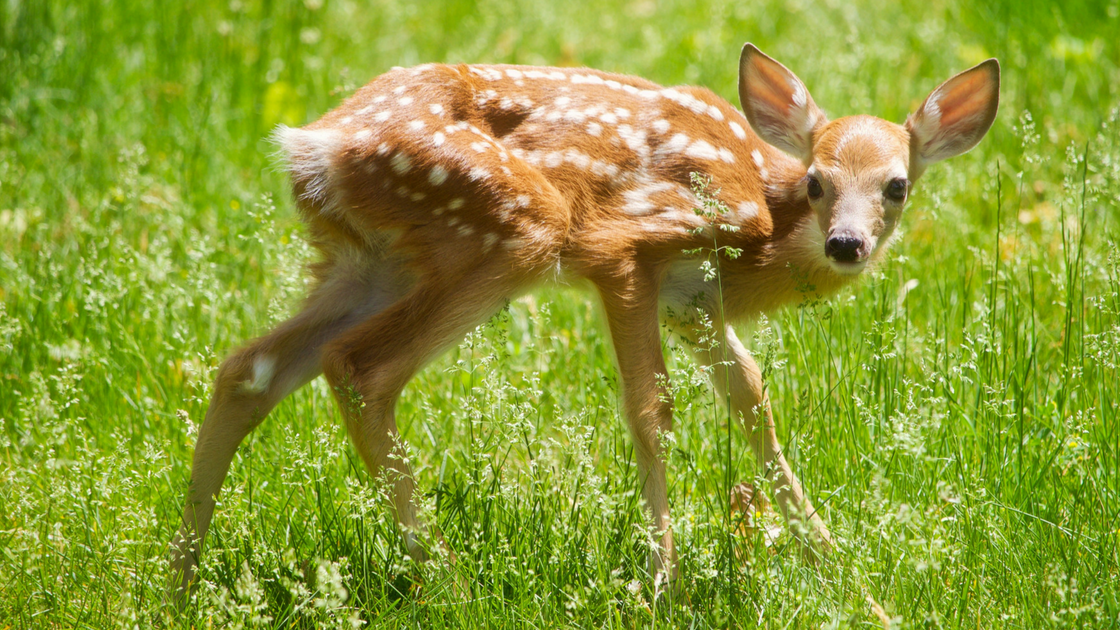The Upper Dublin Township Parks and Recreation Department have heard about many local reports of baby deer or fawns without their mother in or around parks and in some yards. If you see what seems to be an orphaned fawn, keep the following tips from Wildlife in Crisis,Inc. in mind:
The following information applies to baby deer only!!!
- Ninety-nine percent of “Fawn Calls” do not involve orphans.
- Generally, if there is no dead doe in the area or on nearby roads, the fawn is not an orphan.
- Often does will not return to their fawns until well after dark.
- Keep yourself and pets far away from the fawn. It may take a good 24 hours for a doe to feel safe enough to return to her fawn. If a mother were to return to her fawn prematurely, she might risk leading a predator directly to her fawn.
- Do not touch the fawn! This could cause the mother to reject it. If the fawn has already been “handled”, wipe the fawn off with a clean towel rubbed with dirt, put on a clean pair of gloves, and return the fawn to the site of origin.
- If the fawn has wandered into someone’s garage or other precarious position, gently coax the fawn out or move to a quiet, nearby site while wearing gloves. Do not move the fawn too far.
- Coyotes, dogs, cats, raccoons, construction, etc. are not reasons for fawn removal. These are things that deer must encounter on a daily basis. A mother deer will move her fawn away from danger if given the chance.
- Fawns are born late May through the end of June, with the peak number born in early June. Mother deer often give birth at night in areas (such as people’s front yards) which may seem perfectly safe at night but differ drastically during daylight hours.
- For the first 5 days after birth, fawns will not run when approached. Instead, they will exhibit “freeze behavior”. They lie still when approached, even permitting handling with little resistance. From the 7th day on, fawns will exhibit “flight behavior” when approached. By one month of age fawns venture out to browse with their mothers.
- Fawns raised by humans must be raised in groups of 6 or more. They are herding animals who must be raised with a large enough group of their own species. Fawns will imprint on humans very quickly if kept by themselves or with too few other fawns.
- Above all do no harm! If the fawn appears to be orphaned or injured please call local police.
The above applies to young fawns only (under 3 months of age). Adult deer cannot be successfully rehabilitated. An adult deer who is injured (hit by car, etc.) and cannot get up and walk away on its own should be euthanized. Call local police or the Department of Environmental Protection at (860)424-3333.

